Star Trek has never let technology get in the way of a good story. Gene Roddenberry and the writers of the show thought up some amazing gadgets, from transporters to replicators to the warp core itself. Star Trek: The Next Generation brought us the iconic communicator badge. In 1987, a long-range radio device which could fit in a pin was science fiction. [Joe] is bringing these badges a bit closer to the real world with his entry in the 2017 Hackaday Sci-Fi Contest.
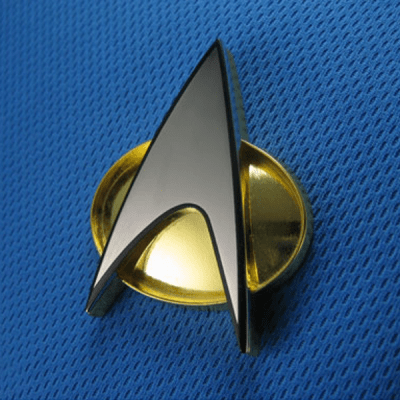 The first problem [Joe] dealt with was finding a radio which could run from watch batteries, and provide decently long-range operations. He chose the HopeRF RFM69HCW. Bringing fiction a bit closer to reality, this module has been used for orbital communications with low-cost satellites.
The first problem [Joe] dealt with was finding a radio which could run from watch batteries, and provide decently long-range operations. He chose the HopeRF RFM69HCW. Bringing fiction a bit closer to reality, this module has been used for orbital communications with low-cost satellites.
The Badge’s processor is a Teensy LC. [Joe] is rolling his own Teensy, which means using bootloader chips from PJRC, as well as the main microcontroller. Kicking the main micro into operation is where [Joe] is stuck right now. Somewhere between the breadboard and the first spin of the surface mount PCB things went a bit sideways. The oscillators are running, but there are no USB communications. [Joe] is trying another board spin. He made a few improvements and already has new boards on the way. Switching to a toaster oven or skillet paste and solder setup would definitely help him get the new badges up and running.

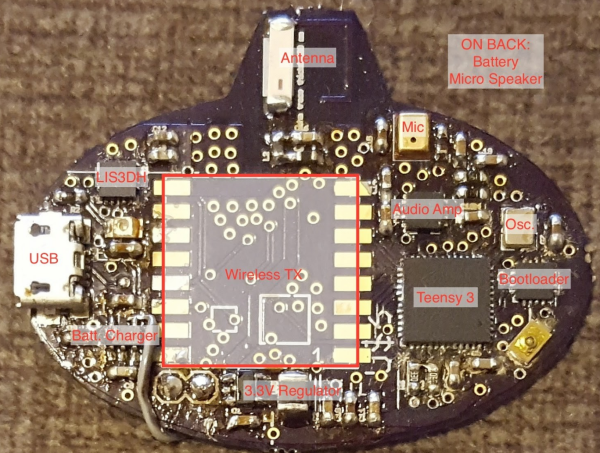

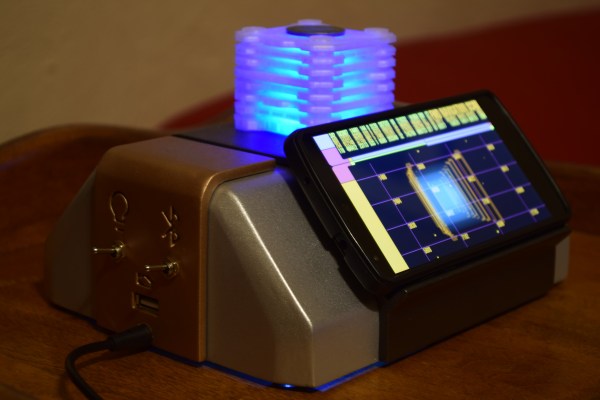




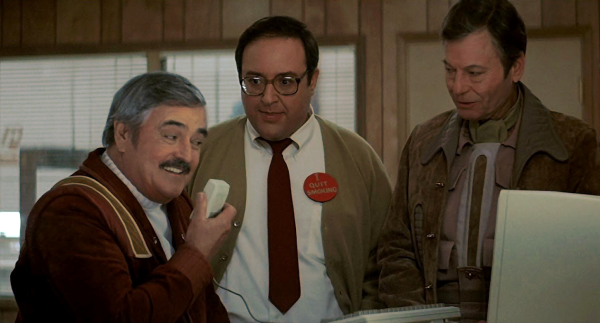
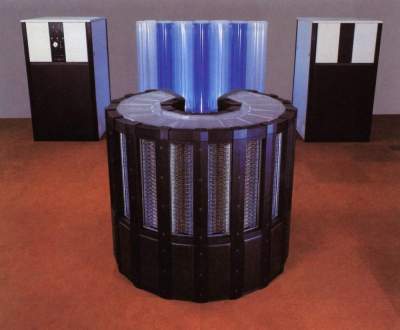 By 1989, the film was out on VHS and laser disc. With high quality audio available,
By 1989, the film was out on VHS and laser disc. With high quality audio available, 









